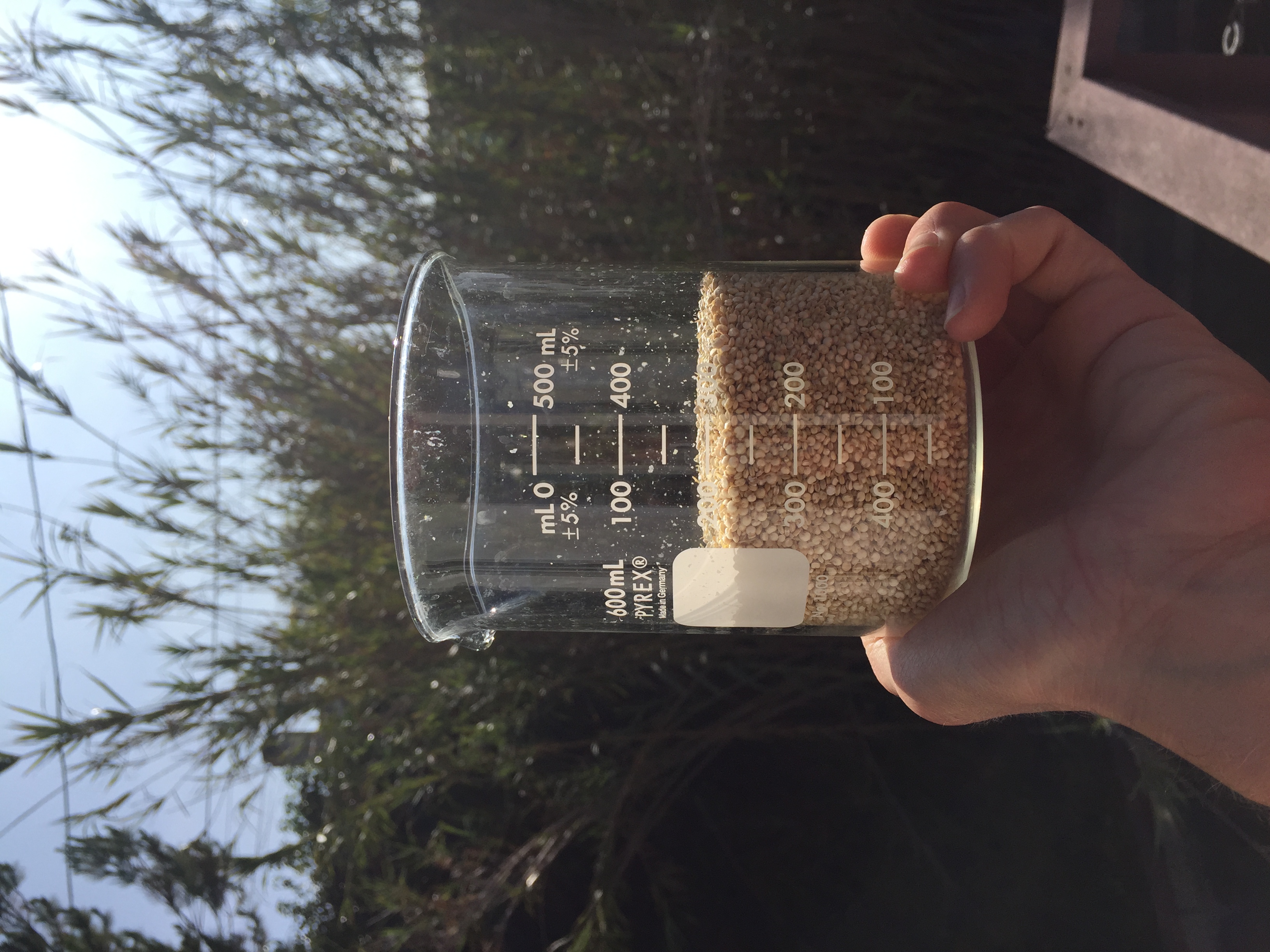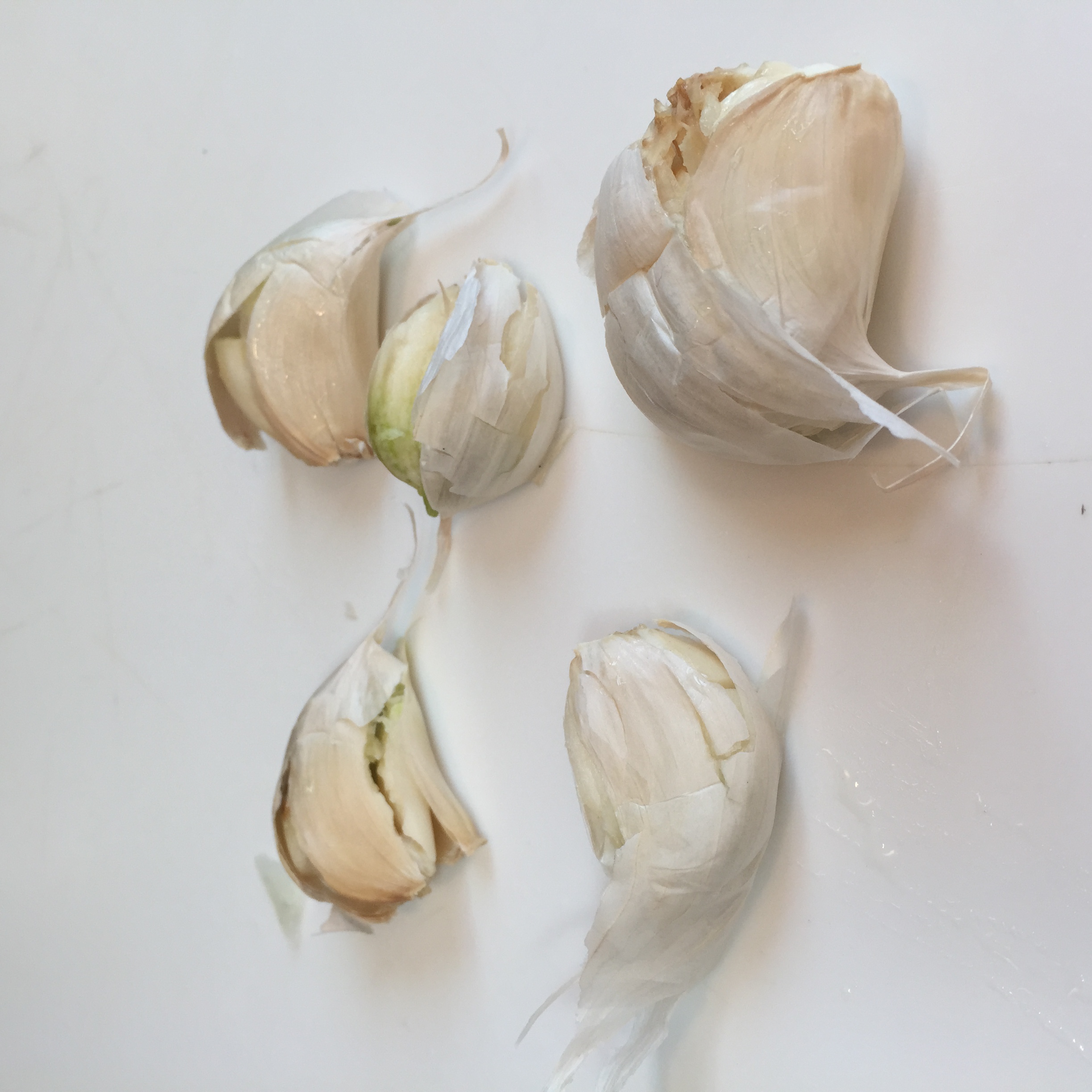But First, Not Coffee
Lemon water is a great way to start the day. It helps to get things moving and hydrates you from all the water you breathed out the night before. The electrolytes aren’t bad either, especially if you’re like me and drink a lot of distilled water.
A quick and easy upgrade to turn your morning into a science experiment, is to add baking soda! Among other things, it’s great at keeping you alkaline. No, I’m not talking about that alkaline diet fad where everyone was like “but your blood, man.” If the alkalinity of your blood deviates, you deviate, if you know what I mean. This is great for intracellular alkalinity. Just that in itself can have a host of benefits. The benefits for you may be different for someone else. Acidosis can present itself in many different ways. I also want to be vague so the FDA doesn’t shut me down. I’m saying this as a nearly blanket statement because the majority of people are overly acidic. For more information on this topic, my friend Matt Blackburn of Divine Superconductor TV has a video of the benefits. Check it out here!
Activated charcoal is something else that’s all the rage these days. It’s been around forever. Heck, I remember when the only place to get it was Walmart in Torrington, and they only sold tablets! My mom used to have me suck on the lozenges when I had a sore throat. Activated charcoal has been around forever and, to me, is similar to geophagy. It’s highly porous and can absorb 100 times its weight.
TL;DR: I find a great way to start the day is downing a handful of charcoal and washing it down with water, lemon juice and bicarbonate.









































